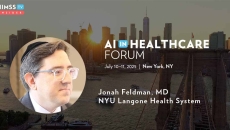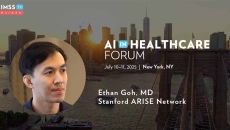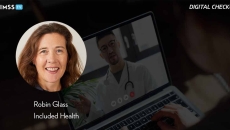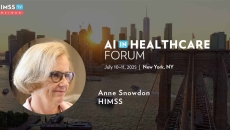Artificial Intelligence
One of the pitfalls technologists run into is the security of patient data, says Ferrum Health CEO Pelu Tran.
HIMSS AI Leadership Strategy Summit is aimed at executives looking to deploy AI while managing the risk.
The Health AI Partnership extends the work Duke has been doing internally building best practices, says Dr. Mark Sendak, population health & data science lead at the Duke Institute for Health Innovation.
Still lacking is a governance structure for systems coming online to consider whether they're acting within their design constraints, what they’re doing to networks and the risks they present, says Richard Staynings, chief security strategist at Cylera.
Dr. Jonah Feldman, medical director for clinical transformation and informatics at NYU Langone, says artificial intelligence is now touching the patient experience and allowing physicians to focus more on their care.
Medical reasoning bridges the time gap between when a patient sees a physician to talking about next steps, which makes the turnaround time to treatment faster, says Dr. Ethan Goh, executive director of Stanford ARISE.
Included Health uses tech infrastructure to incorporate care, plan, cost and quality data into one place that can be accessed by an app, says President Robin Glass, president of Included Health.
The compelling nature of what's possible is offset by the trepidation of potential patient harm, says HIMSS Chief Scientific Research Officer Anne Snowdon.
Underpayment is one of the most damaging issues financially for hospitals reporting that over a year, 32% of claims were underpaid, representing $5B in lost revenue, says John Yount, Chief Innovation Officer, FinThrive.
The success of this program speaks to the promise of AI as a tool to help doctors make diagnoses, one researcher says.









